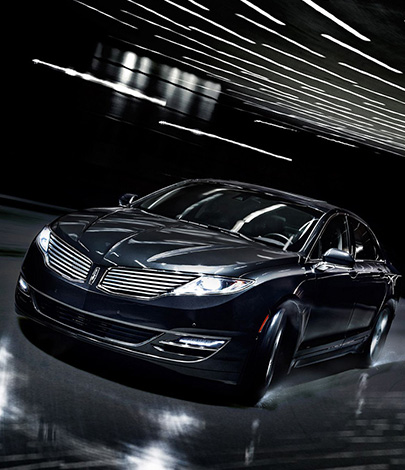The main function of the body is to protect the driver and create a good aerodynamic environment. From a formal point of view, the car body structure is mainly divided into non-load-bearing, bearing and semi-bearing. Body components include bonnets, roofs, trunk lids, fenders, front panels, and more.
Engine cover: The structure of the engine cover is generally composed of an outer panel and an inner panel, with a heat insulating material sandwiched in the middle. The inner panel acts to increase rigidity, the geometry of which is chosen by the manufacturer and is basically in the form of a skeleton. When the hood is open, it usually turns backwards, and a small part turns forwards.
Roof: The cover on the top of the car. For the overall rigidity of the body, the roof is not a very important part, which is why the roof allows a sunroof. From a design point of view, it is important how to make a smooth transition with the front and rear window frames and the junction with the pillars, so as to obtain the best visual sense and the smallest air resistance. Of course, for the sake of safety, the roof must also have a certain strength and rigidity. Generally, a certain number of reinforcing beams are added under the roof, and thermal insulation lining materials are laid on the inner layer of the roof to prevent the transmission of external temperature and reduce the transmission of noise during vibration.
Trunk lid: The trunk lid also has an outer panel and an inner panel, and the inner panel has reinforcing ribs. Some cars, known as "half-boxes," have trunks that extend upward, including the rear windshield, which increases the open area and creates a door. Therefore, it is also called the back door, which not only maintains the shape of the car, but also facilitates the storage of items.
Fenders: Fenders are the outer panels of the body that cover the wheels, so named because of the shape and placement of this part of the old body like a bird's wing. According to the installation position, it is divided into front fender and rear fender. The front fender is installed at the front wheel, and it is necessary to ensure the maximum limit space when the front wheel rotates and jumps, and the rear fender will not have the problem of wheel rubbing when it rotates. However, for aerodynamic reasons, the rear fenders protrude slightly outwards and are arched. At present, some car fenders have been integrated with the body.
Front fender: The front fender refers to the partition between the engine compartment and the cabin, which is connected to the floor and the front pillar, and is installed under the cover on the front fender. There are many openings on the front panel, which can be used to operate cables, rods, pipes, wire harnesses, etc., and can also match the installation positions of pedals, machine columns and other components.
Electronics
Car is a general term for body electronic control device and vehicle electronic control device.
The body electronic control device includes an engine control system, a chassis control system, and a body electronic control system. These electronic control systems consist of sensors, MPUs, actuators, dozens or even hundreds of electronic components.
Vehicle electronic equipment includes: battery, generator, regulator, starter, ignition system, instrumentation, lighting device, audio device, wiper, etc.

https://www.autocontrolcable.com/

 简体中文
简体中文













